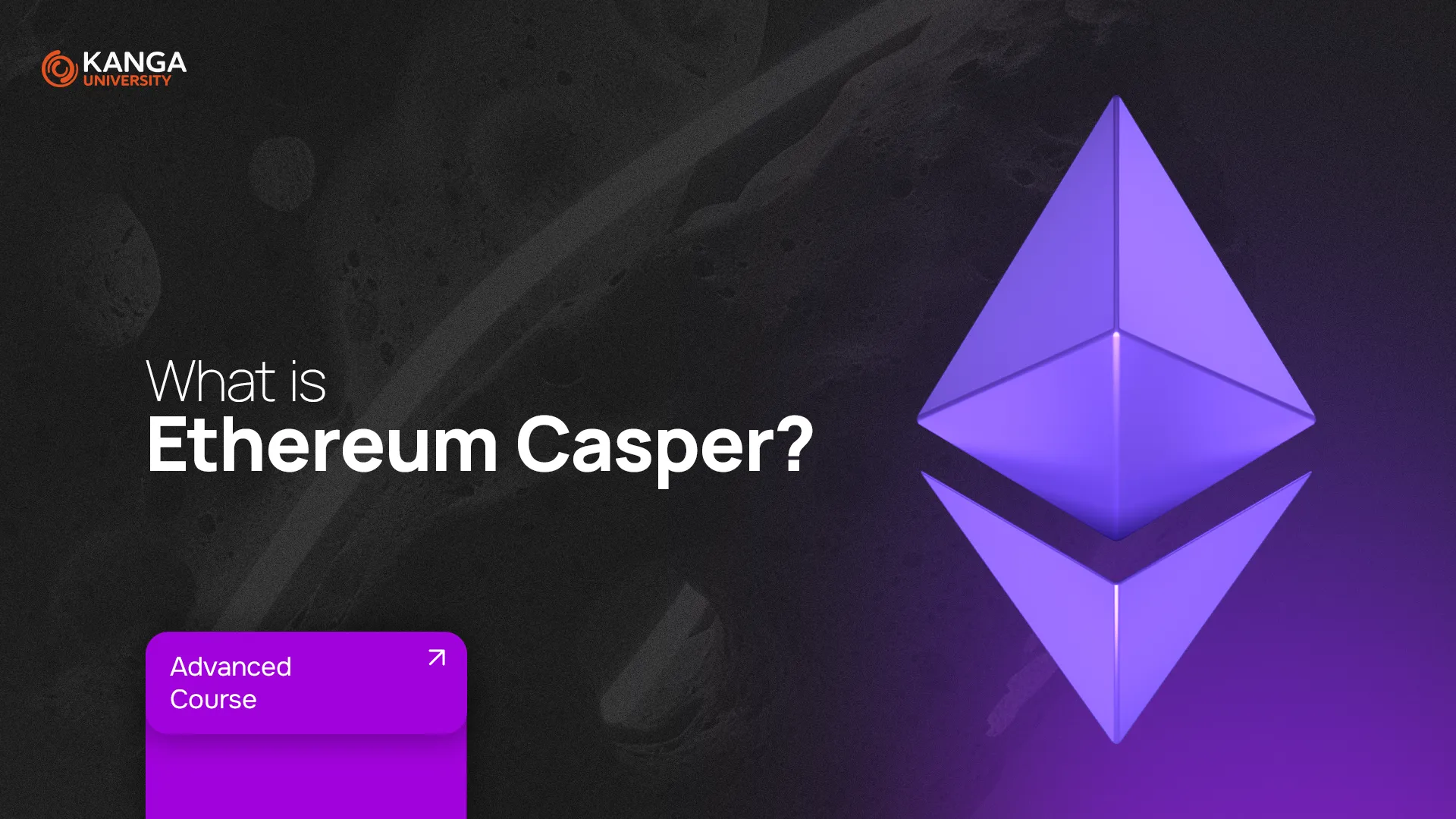
Ethereum is the second most popular blockchain in the world, but its success has brought new challenges — including high transaction fees, limited performance, and increasing network congestion. To address these issues, Ethereum went through a historic transformation: it abandoned the traditional mining model (Proof of Work, or PoW) and transitioned to a validator-based system (Proof of Stake, or PoS).
Behind this transformation was a project called Casper — a set of solutions designed to bring Proof of Stake into the Ethereum ecosystem. Let’s explore what this technology is all about and how it changed Ethereum.
PoW vs PoS — What’s the Difference?
Before diving into Casper, it’s helpful to understand the basic difference between the two core consensus mechanisms used in blockchain:
-
Proof of Work (PoW): In this system, computers — known as miners — compete to solve complex mathematical puzzles. The first to solve it gets to add a new block to the blockchain and earns a reward. It’s effective but highly energy-consuming.
-
Proof of Stake (PoS): There’s no mining involved. Instead, users lock up (or “stake”) their coins as a security deposit. The more you stake, the higher your chances of being selected to validate the next block and earn rewards.
Casper was the technology that helped Ethereum transition from PoW to PoS.
What Is Ethereum Casper?
Casper was a series of upgrades aimed at improving Ethereum’s scalability, security, efficiency, and reducing its environmental impact. It was a crucial step in Ethereum’s move toward what was once called Ethereum 2.0 — now simply known as Ethereum after the implementation of The Merge.
Casper came in two main versions:
-
Casper FFG (Friendly Finality Gadget) – the first transition phase between PoW and PoS. It enabled a hybrid approach where blocks were still created by PoW, but validated through PoS rules.
-
Casper CBC (Correct-by-Construction) – a more theoretical version developed by Vlad Zamfir, focusing on designing a secure and flexible PoS consensus system.
How Did the Transition to PoS Work?
Ethereum’s move to PoS happened in phases:
Phase 0 – Beacon Chain
In December 2020, Ethereum launched the Beacon Chain — a separate blockchain that started managing PoS validators. This was the foundation for Ethereum’s shift away from mining, though it didn’t yet process actual Ethereum transactions.
Phase 1 – Sharding (planned)
In this phase, the Ethereum network will be split into multiple smaller chains called shards, which will run in parallel. This will dramatically boost scalability. As of April 2025, sharding is still in the testing stage and hasn’t been fully deployed.
The Merge – Full Transition to PoS (completed)
In September 2022, Ethereum officially switched from PoW to PoS, ending mining permanently. This upgrade, known as The Merge, was the most significant milestone in the history of the Casper project.
Why Are PoS and Casper So Important?
1. Massively lower energy use
With PoS, Ethereum now consumes over 99% less energy than it did under PoW. No mining hardware or massive computing power is needed.
2. Higher scalability
PoS sets the stage for sharding and parallel transaction processing, allowing Ethereum to handle far more activity.
3. Better security and decentralization
PoS reduces the risk of a 51% attack — it’s no longer enough to control computing power; you must hold a significant stake in the network (ETH).
4. Controlled inflation and greater stability
Since switching to PoS, Ethereum has limited the issuance of new ETH. Combined with its fee-burning mechanism (EIP-1559), the network is approaching a deflationary model.
Does Casper Still Exist Today?
Today, the name Casper is no longer commonly used when referring to Ethereum’s current form. The project was absorbed into the broader network transformation, particularly through The Merge. However, Casper’s principles and mechanisms remain at the heart of how Ethereum operates today.
Summary
Casper was a critical step in Ethereum’s evolution. It changed how the network functions, processes data, and adapts to growing demand.
Thanks to Casper and the PoS transition, Ethereum has become faster, cheaper, more secure, and far more environmentally friendly. While we now talk about The Merge rather than Casper, its legacy continues to shape the future of Ethereum and the broader Web3 ecosystem.
Commence your adventure with cryptocurrencies on Kanga Exchange